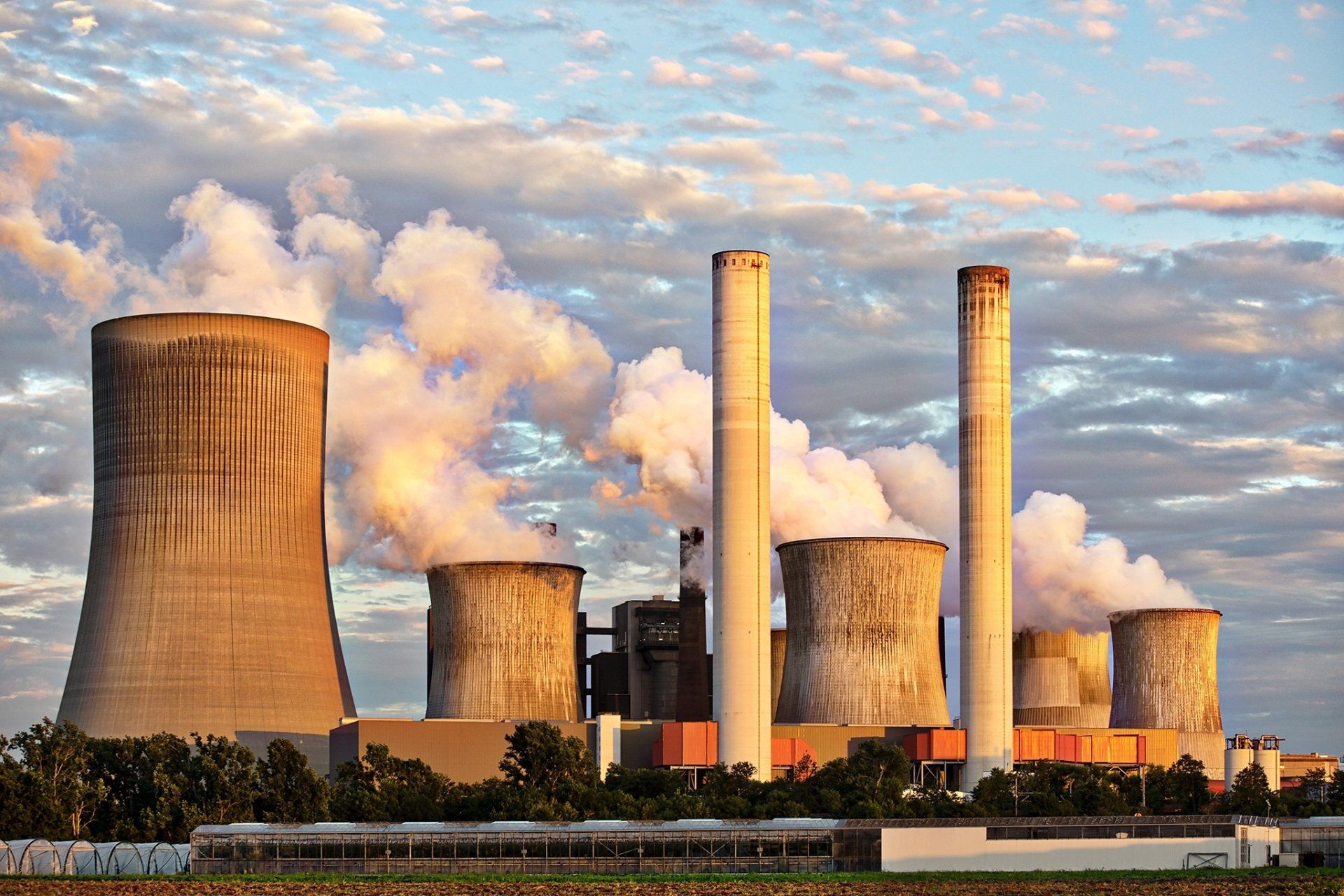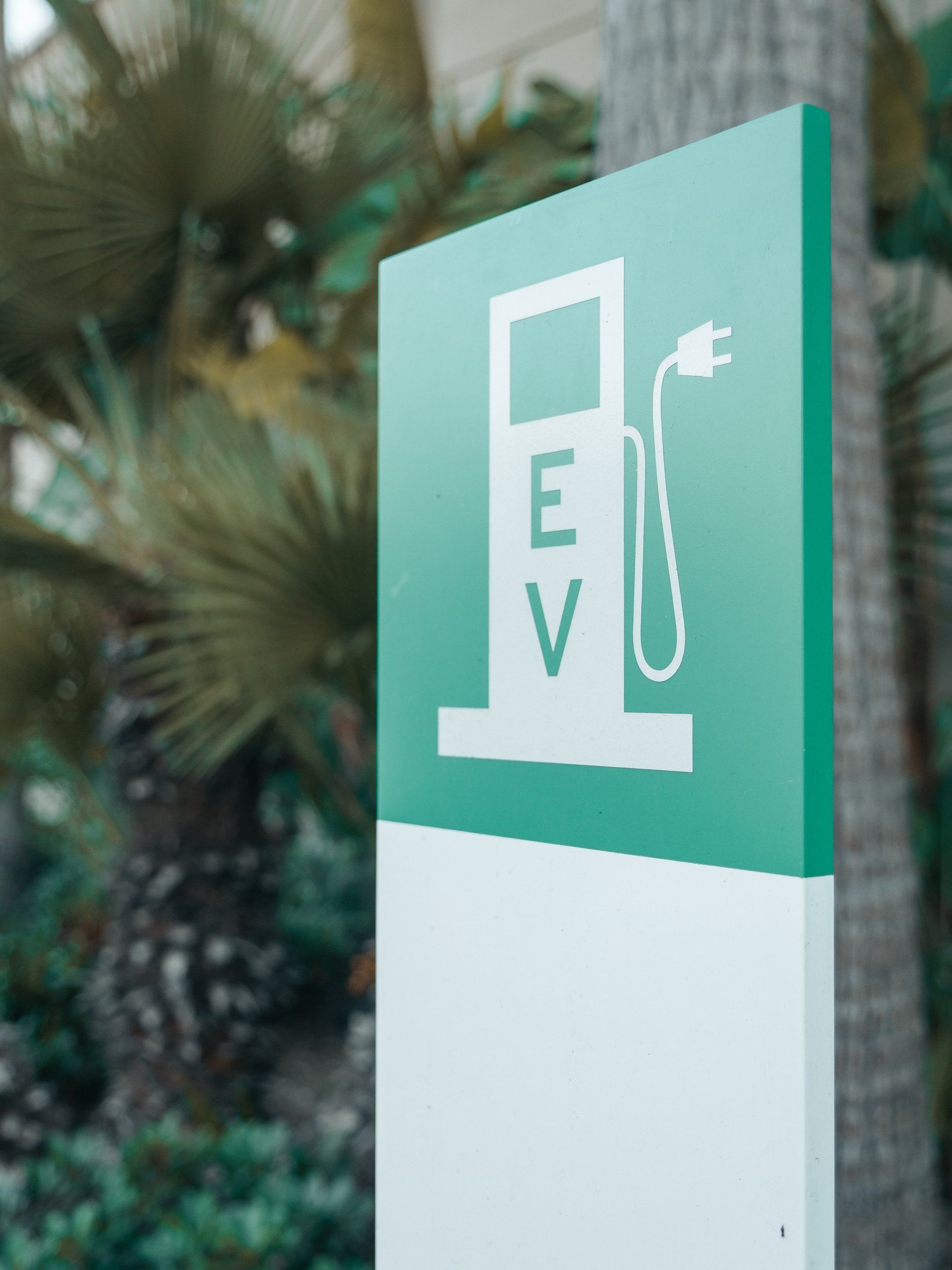Articles
Thoughts and observations on a whole range of Sustainability topics
ESG, Decarbonisation, Social Impact, Electric Vehicles, Decarbonisation of buildings, Just Transition and lots more
Carbon Intensity v GDP Growth...
Saving our way to Carbon Reduction?
Over recent years huge amounts of effort has been put in by government, companies and individuals to reduce the energy and carbon intensity of their activities. In other words they have tried to produce less carbon dioxide for each activity they undertake.
This might have been by reducing the actual amount of energy used, a good example would be the improvement in miles per gallon of cars over the years, or by reducing the amount of carbon dioxide emitted for a given amount of energy. A great case study of this second point has been the reduction in carbon intensity of the electricity grid in the UK, where moving away from coal power stations (62.9% of the generation in 1990 with only 21% zero carbon), through 2009 where coal was down to about 32% of generation with an average carbon intensity of around 480 gCO2/kWh to a renewables focused generation capacity in 2020 where the year ended with only 2% coal and 47% zero carbon generation at an intensity of 185 gCO2/kWh.
So we could all be forgiven for thinking that given this great work on reducing carbon intensity that total carbon emissions would be going down – right? Unfortunately no, wrong.
Why? Well intensity per £ of GDP (it is actually typically reported in dollars and purchase price parity in a given year, called kg per 2017 PPP $ of GDP – not very KISS) is indeed improving. As the graph shows in 1990 it was 0.40kg/$ and by 2018 this had fallen to 0.27kg/$, so great news. This represents an average 1.42% annual improvement increasing to 1.86% for the 2010’s.
But, and it’s a big but, GDP grows each year (unless there’s a global recession). And as you’ll see in the other graph the growth rate of GDP averages about 3% per year (it was actually 3.24% per year in the 2010’s). So whilst carbon intensity per dollar is going down by 1.86% the number of dollars is going up by 3.24%, meaning that total carbon emitted increases overall.
In fact in order just to stand still with average GDP growth rates as they have been carbon intensity reduction would have to increase by 75%.
So to actually start meaningfully reducing the amount of carbon emitted in line with all the various government commitments that have been made globally, carbon intensity reduction efforts will have to double or more if GDP growth stays the same.
Of course another alternative is to reduce GDP growth – but that would be a whole other article of its own as if you think carbon reduction is contentious the discussion about Growth v No Growth v Degrowth makes it look like a lovely chat over afternoon tea and cake between good friends.
So if we want business and economies to keep growing we have to massively increase our efforts to both use less energy and make sure the energy we do use is low (or ideally zero) carbon
Hope this was interesting. Would love your feedback and questions.
Use one of the contact buttons and drop me an email. Or add a comment if you’ve seen this on LinkedIn or elsewhere
Thanks and keep KISSing Sustainability
Simon xx
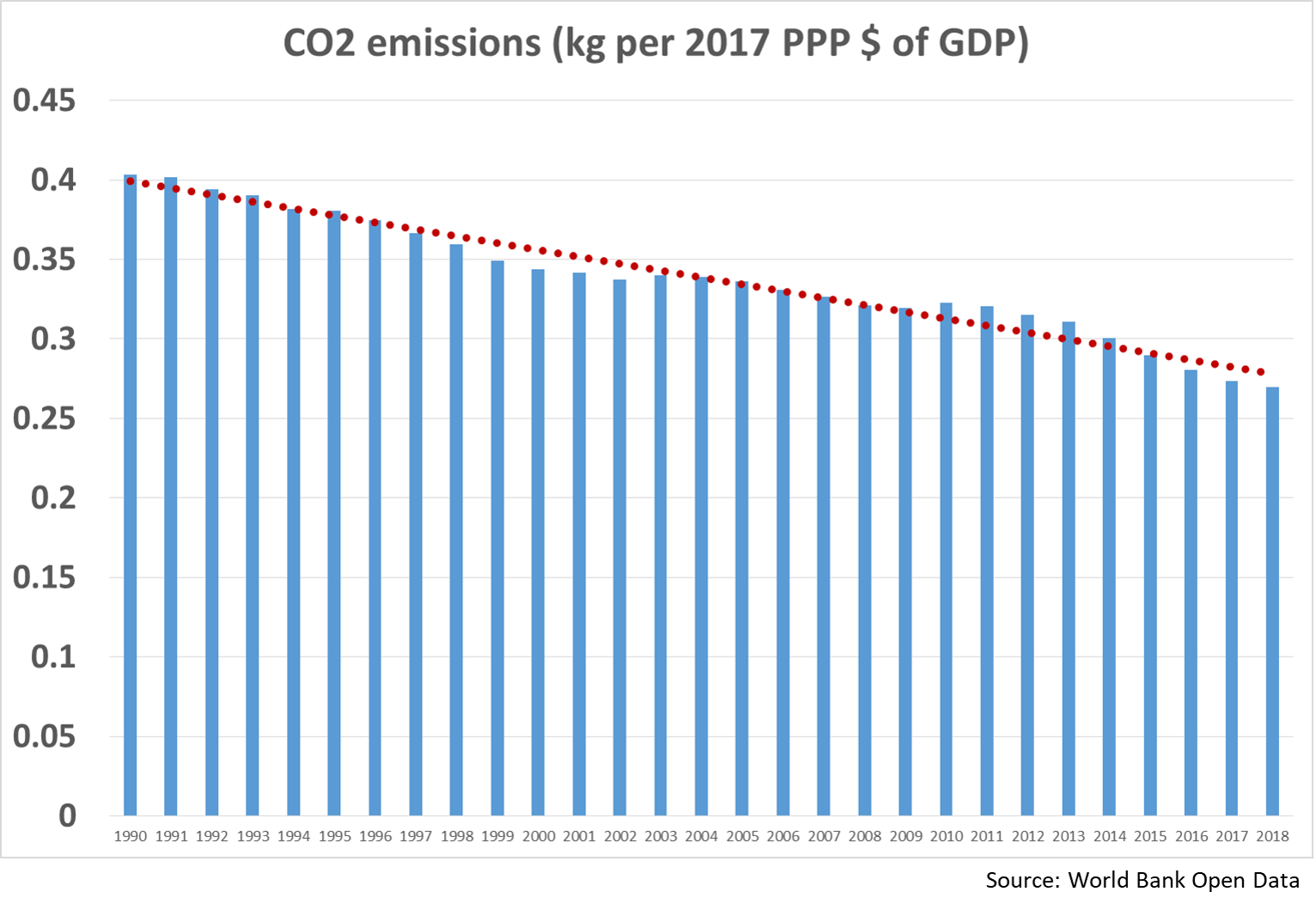
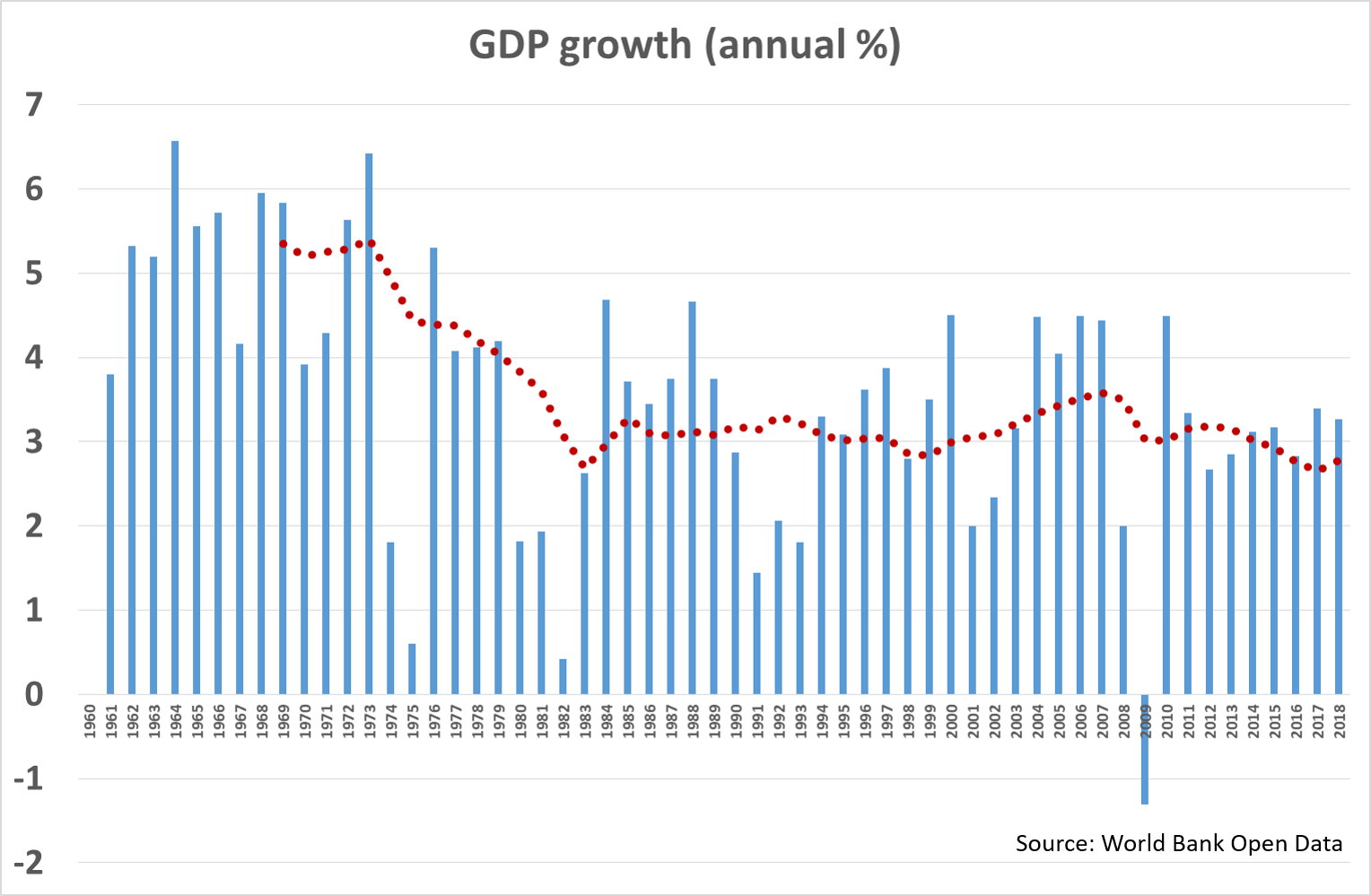

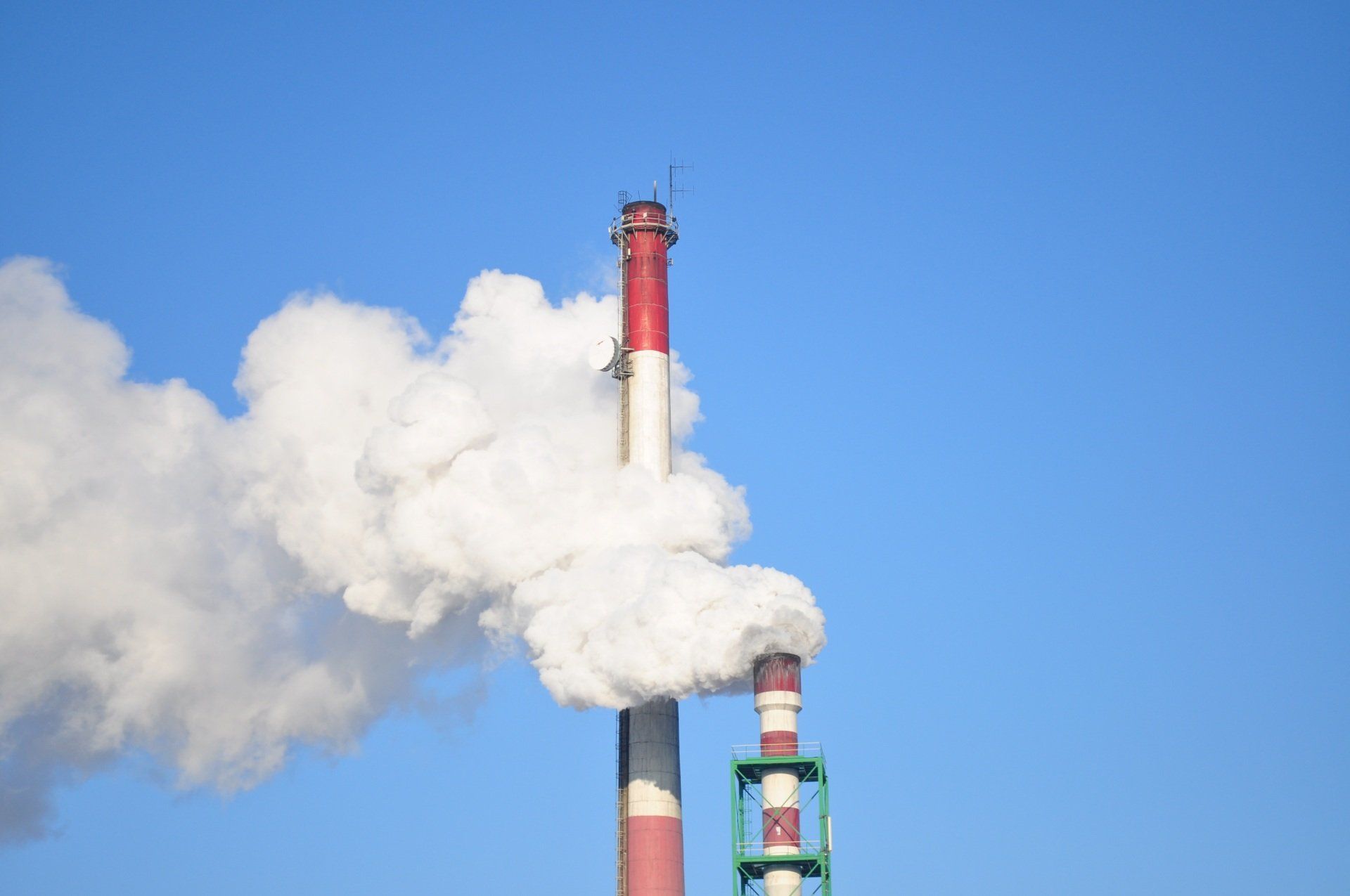
Sustainability Articles
a b c d e f g h i j k l m n o - Do not remove from template!!! it is important to support different fonts
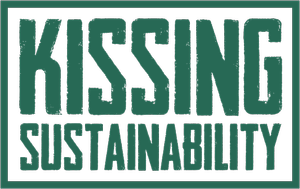
+44 7890 026746
simon@participation.co.uk
Pilley, New Forest, UK
